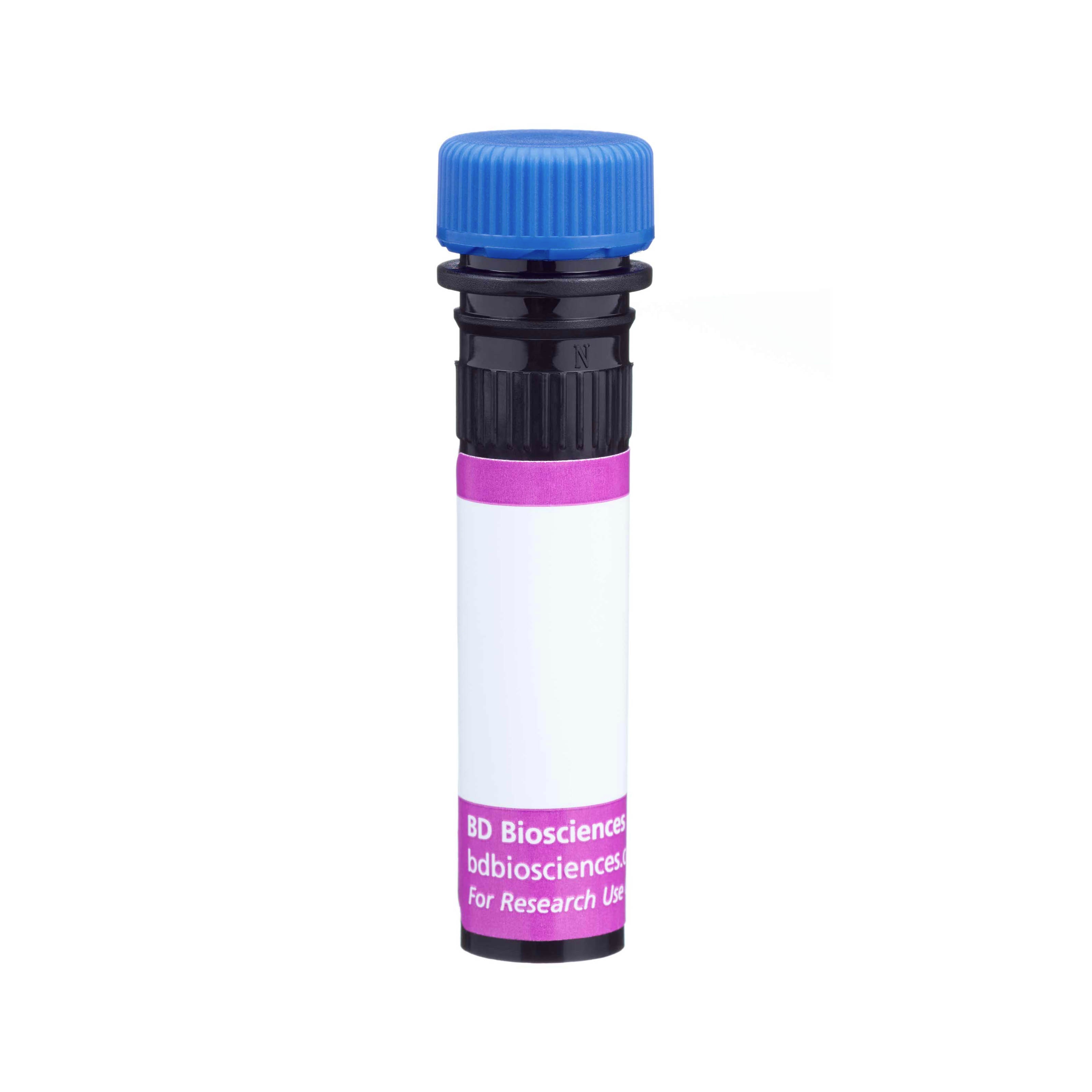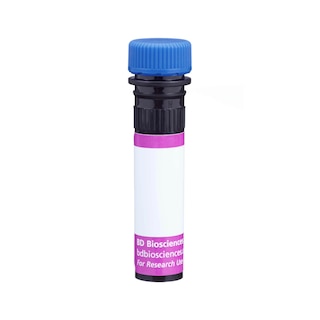-
Reagents
- Flow Cytometry Reagents
-
Western Blotting and Molecular Reagents
- Immunoassay Reagents
-
Single-Cell Multiomics Reagents
- BD® OMICS-Guard Sample Preservation Buffer
- BD® AbSeq Assay
- BD® Single-Cell Multiplexing Kit
- BD Rhapsody™ ATAC-Seq Assays
- BD Rhapsody™ Whole Transcriptome Analysis (WTA) Amplification Kit
- BD Rhapsody™ TCR/BCR Next Multiomic Assays
- BD Rhapsody™ Targeted mRNA Kits
- BD Rhapsody™ Accessory Kits
- BD® OMICS-One Protein Panels
-
Functional Assays
-
Microscopy and Imaging Reagents
-
Cell Preparation and Separation Reagents
-
- BD® OMICS-Guard Sample Preservation Buffer
- BD® AbSeq Assay
- BD® Single-Cell Multiplexing Kit
- BD Rhapsody™ ATAC-Seq Assays
- BD Rhapsody™ Whole Transcriptome Analysis (WTA) Amplification Kit
- BD Rhapsody™ TCR/BCR Next Multiomic Assays
- BD Rhapsody™ Targeted mRNA Kits
- BD Rhapsody™ Accessory Kits
- BD® OMICS-One Protein Panels
- Belgium (English)
-
Change country/language
Old Browser
This page has been recently translated and is available in French now.
Looks like you're visiting us from United States.
Would you like to stay on the current country site or be switched to your country?
BD OptiBuild™ BV421 Mouse Anti-Mouse CD212
Clone 114 (RUO)

Flow cytometric analysis using BD OptiBuild™ BV421 Mouse Anti-Mouse CD212 antibody (Cat. No. 740051; solid line histogram) on mouse LAK cells generated by culturing C57BL/6 splenocytes with 3000U/ml of mouse IL-2 for 5 days, with Isotype Control (dotted line histogram). Flow cytometry was performed using a BD™ LSR II Flow Cytometer System.


Flow cytometric analysis using BD OptiBuild™ BV421 Mouse Anti-Mouse CD212 antibody (Cat. No. 740051; solid line histogram) on mouse LAK cells generated by culturing C57BL/6 splenocytes with 3000U/ml of mouse IL-2 for 5 days, with Isotype Control (dotted line histogram). Flow cytometry was performed using a BD™ LSR II Flow Cytometer System.

Flow cytometric analysis using BD OptiBuild™ BV421 Mouse Anti-Mouse CD212 antibody (Cat. No. 740051; solid line histogram) on mouse LAK cells generated by culturing C57BL/6 splenocytes with 3000U/ml of mouse IL-2 for 5 days, with Isotype Control (dotted line histogram). Flow cytometry was performed using a BD™ LSR II Flow Cytometer System.



Regulatory Status Legend
Any use of products other than the permitted use without the express written authorization of Becton, Dickinson and Company is strictly prohibited.
Preparation And Storage
Recommended Assay Procedures
For optimal and reproducible results, BD Horizon Brilliant Stain Buffer should be used anytime two or more BD Horizon Brilliant dyes (including BD OptiBuild Brilliant reagents) are used in the same experiment. Fluorescent dye interactions may cause staining artifacts which may affect data interpretation. The BD Horizon Brilliant Stain Buffer was designed to minimize these interactions. More information can be found in the Technical Data Sheet of the BD Horizon Brilliant Stain Buffer (Cat. No. 563794).
Product Notices
- This antibody was developed for use in flow cytometry.
- The production process underwent stringent testing and validation to assure that it generates a high-quality conjugate with consistent performance and specific binding activity. However, verification testing has not been performed on all conjugate lots.
- Researchers should determine the optimal concentration of this reagent for their individual applications.
- An isotype control should be used at the same concentration as the antibody of interest.
- Caution: Sodium azide yields highly toxic hydrazoic acid under acidic conditions. Dilute azide compounds in running water before discarding to avoid accumulation of potentially explosive deposits in plumbing.
- For fluorochrome spectra and suitable instrument settings, please refer to our Multicolor Flow Cytometry web page at www.bdbiosciences.com/colors.
- Please refer to www.bdbiosciences.com/us/s/resources for technical protocols.
- BD Horizon Brilliant Stain Buffer is covered by one or more of the following US patents: 8,110,673; 8,158,444; 8,575,303; 8,354,239.
- BD Horizon Brilliant Violet 421 is covered by one or more of the following US patents: 8,158,444; 8,362,193; 8,575,303; 8,354,239.
- Pacific Blue™ is a trademark of Molecular Probes, Inc., Eugene, OR.
Data Sheets
Companion Products






The 114 monoclonal antibody specifically binds to mouse CD212 (the β1 subunit of IL-12Rβ1), originally termed IL-12Rβ, of the mouse IL-12 receptor complex. The IL-12Rβ1 subunit associates with a β2 subunit to form a heterodimeric IL-12 receptor complex. Each one of the IL-12R subunits exhibits low affinity for IL-12, but in combination, they bind IL-12 with high affinity. The IL-12Rβ1 subunit interacts primarily with IL-12 p40 whereas the IL-12Rβ2 binds both to IL-12 p40 and IL-12 p35. IL-12Rβ1 is required for high affinity binding of IL-12 but IL-12Rβ2 is required for signaling. IL-12Rβ1 has more recently been described to bind IL-23, a heterodimer formed of the p40 subunit from IL-12, and p19. The cytoplasmic regions of the β1 and β2 subunits contain the box1 and box2 motifs found in other cytokine receptors such as gp130, LIFR and G-CSFR. IL-12Rβ1 are primarily expressed by activated T cells and NK cells. Experiments with IL-12Rβ1 deficient mice have shown that IL-12Rβ1 is necessary for mouse T and NK cell responsiveness to IL-12 p75. The 114 antibody was generated by immunizing IL-12Rβ1 deficient mice of (129 x BALB/c)F1 background with mouse Ba/F3 cells that were stably transfected with IL-12Rβ1.
The antibody was conjugated to BD Horizon™ BV421 which is part of the BD Horizon Brilliant™ Violet family of dyes. With an Ex Max of 407-nm and Em Max at 421-nm, BD Horizon BV421 can be excited by the violet laser and detected in the standard Pacific Blue™ filter set (eg, 450/50-nm filter). BD Horizon BV421 conjugates are very bright, often exhibiting a 10 fold improvement in brightness compared to Pacific Blue conjugates.
Development References (8)
-
Chua AO, Wilkinson VL, Presky DH, Gubler U. Cloning and characterization of a mouse IL-12 receptor-beta component. J Immunol. 1995; 155(9):4286-4294. (Clone-specific). View Reference
-
Gately MK, Renzetti LM, Magram J, et al. The interleukin-12/interleukin-12-receptor system: role in normal and pathologic immune responses. Annu Rev Immunol. 1998; 16:495-521. (Biology). View Reference
-
Presky DH, Minetti LJ, Gillessen S, et al. Analysis of the multiple interactions between IL-12 and the high affinity IL-12 receptor complex. J Immunol. 1998; 160(5):2174-2179. (Biology). View Reference
-
Presky DH, Yang H, Minetti LJ, et al. A functional interleukin 12 receptor complex is composed of two beta-type cytokine receptor subunits. Proc Natl Acad Sci U S A. 1996; 93(4):14002-14007. (Clone-specific). View Reference
-
Stahl N, Yancopoulos GD. The alphas, betas, and kinases of cytokine receptor complexes. Cell. 1993; 74(4):587-590. (Biology). View Reference
-
Wang X, Wilkinson VL, Podlaski FJ, et al. Characterization of mouse interleukin-12 p40 homodimer binding to the interleukin-12 receptor subunits. Eur J Immunol. 1999; 29(6):2007-2013. (Biology). View Reference
-
Wu C, Ferrante J, Gately MK, Magram J. Characterization of IL-12 receptor beta1 chain (IL-12Rbeta1)-deficient mice: IL-12Rbeta1 is an essential component of the functional mouse IL-12 receptor. J Immunol. 1997; 159(4):1658-1665. (Biology). View Reference
-
Wu C, Wang X, Gadina M, O'Shea JJ, Presky DH, Magram J. IL-12 receptor beta 2 (IL-12R beta 2)-deficient mice are defective in IL-12-mediated signaling despite the presence of high affinity IL-12 binding sites. J Immunol. 2000; 165(11):6221-6228. (Biology). View Reference
Please refer to Support Documents for Quality Certificates
Global - Refer to manufacturer's instructions for use and related User Manuals and Technical data sheets before using this products as described
Comparisons, where applicable, are made against older BD Technology, manual methods or are general performance claims. Comparisons are not made against non-BD technologies, unless otherwise noted.
For Research Use Only. Not for use in diagnostic or therapeutic procedures.